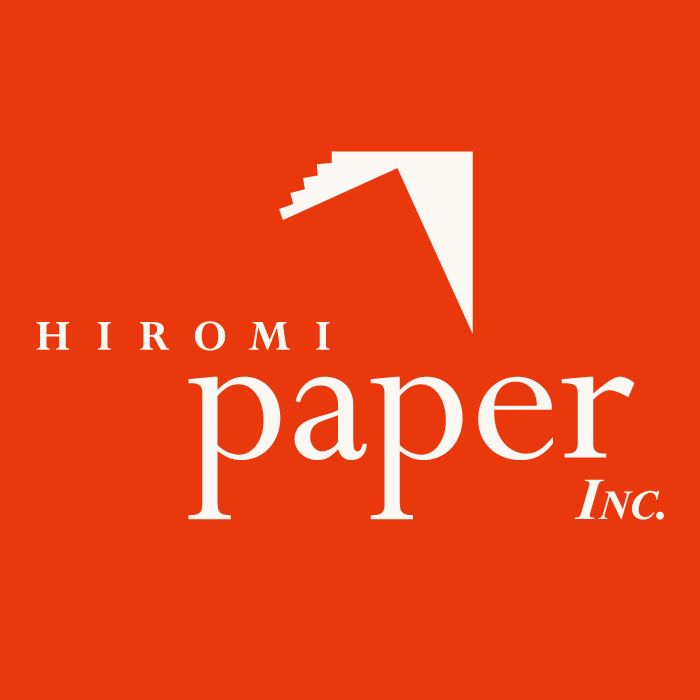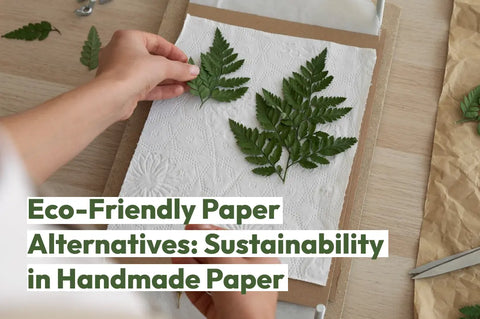In an era where sustainability is more than just a buzzword, the quest for eco-friendly alternatives in every facet of life has become paramount. Handmade paper, with its unique charm and environmental benefits, is emerging as a sustainable choice for individuals and businesses alike. Let’s dive into how handmade paper contributes to sustainability and explore the eco-friendly alternatives it offers.
The Environmental Impact of Conventional Paper
Before understanding the benefits of handmade paper, it’s important to recognize the environmental toll of conventional paper production. Traditional paper manufacturing relies heavily on deforestation, energy-intensive processes, and harmful chemicals. According to studies, paper production accounts for 26% of landfill waste globally and contributes significantly to water pollution.
Why Choose Handmade Paper?

Handmade paper stands out as a sustainable option due to its eco-conscious production process. Unlike industrial paper, handmade paper is crafted using recycled fibers, agricultural waste, or sustainably harvested plant materials. This process minimizes resource consumption and eliminates the need for harmful chemicals, making it an environmentally friendly alternative.
Eco-Friendly Materials Used in Handmade Paper
One of the most fascinating aspects of handmade paper is the variety of sustainable materials used in its creation. Here are some popular eco-friendly options:
1. Recycled Cotton
Recycled cotton fibers from old clothes and textiles are a popular choice for handmade paper. This not only reduces textile waste but also creates a durable and textured paper ideal for stationery and art projects.
2. Banana Fibers
Banana plants, often discarded after harvesting, are repurposed into fibers for papermaking. This material creates a sturdy, textured paper that’s perfect for eco-conscious packaging or artistic use.
3. Hemp
Hemp paper is a sustainable alternative with a long history of use. Hemp plants grow quickly and require minimal water and pesticides, making them an ideal material for eco-friendly paper production.
4. Lokta
Derived from the bark of the Daphne plant in Nepal, Lokta paper is a traditional handmade paper known for its durability and natural resistance to pests. Harvesting Lokta bark doesn’t harm the plant, ensuring a renewable resource.
5. Mulberry Bark
Mulberry trees provide bark that regenerates after harvesting, making it a renewable source for handmade paper. This material is often used for fine art paper and bookbinding.
Benefits of Handmade Paper
Handmade paper isn’t just eco-friendly; it also offers a host of additional benefits:
-
Low Carbon Footprint: The production process relies on manual labor and natural drying methods, significantly reducing energy consumption.
-
Biodegradable and Compostable: Handmade paper naturally decomposes, leaving no harmful residue behind.
-
Unique Aesthetic Appeal: Each sheet of handmade paper carries a distinct texture and pattern, adding a personal touch to any project.
-
Supports Local Artisans: Purchasing handmade paper often supports traditional craftspeople and helps preserve age-old techniques.
Creative Uses for Eco-Friendly Handmade Paper
Handmade paper’s versatility makes it suitable for a wide range of applications:
-
Stationery: Use handmade paper for wedding invitations, greeting cards, or personal letters.
-
Packaging: Eco-friendly paper is an excellent choice for sustainable gift wrapping or product packaging.
-
Art Projects: Artists and crafters can use handmade paper for painting, calligraphy, or scrapbooking.
-
Bookbinding: High-quality handmade paper is often used in creating artisanal notebooks and journals.
The Future of Sustainable Papermaking

As the demand for sustainable products grows, the handmade paper industry is poised for innovation and expansion. By choosing eco-friendly paper alternatives, we can collectively reduce our environmental impact and promote a more sustainable future. Whether you’re an artist, business owner, or eco-conscious individual, handmade paper offers a tangible way to align your values with your actions.
Final Thoughts
The shift toward sustainability doesn’t have to compromise creativity or quality. Handmade paper, crafted from eco-friendly materials, embodies the perfect blend of artistry and environmental responsibility. By incorporating these sustainable alternatives into our daily lives, we can contribute to a greener planet—one sheet at a time.


